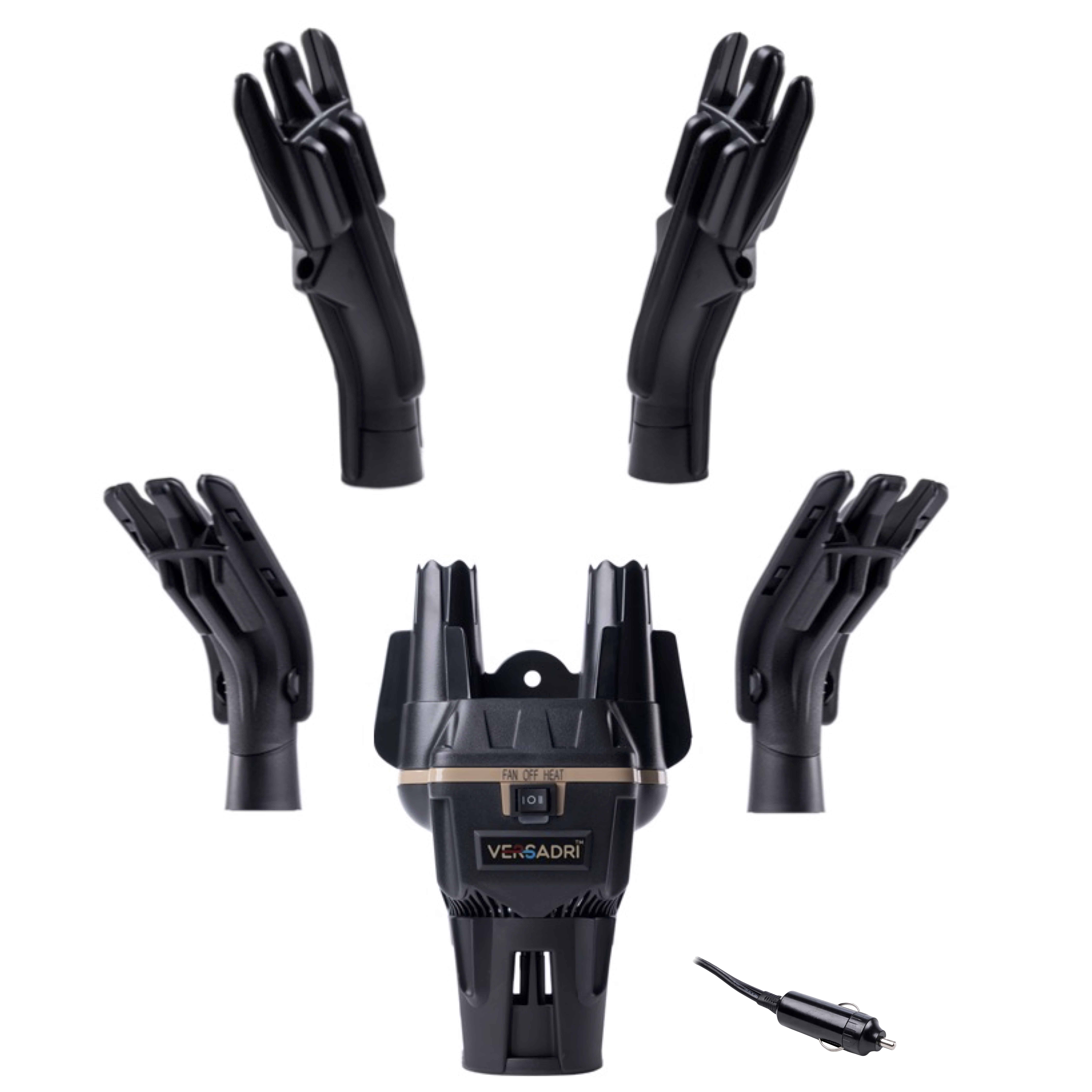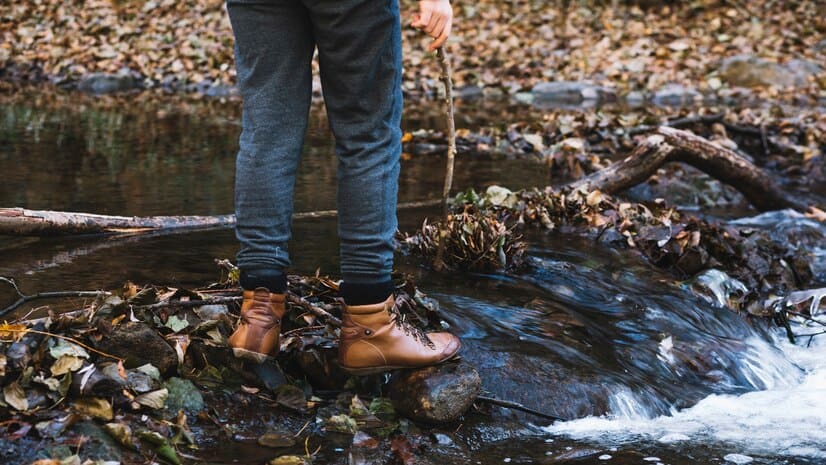Filled with excitement and anxiety at the same time – hiking is an exhilarating outdoor adventure for many. It is the best way to connect with nature while continuously ascending a hill. Such expeditions let people witness breathtaking views. But these journeys throw various kinds of challenges on their way.
Usually, hikers overlook these challenges and forget to pack important things that can help them overcome these problems. One of the biggest problems faced by hikers is wet feet.
Crossing streams, walking across rain-soaked terrain, sweating boots, etc. can leave your boots and feet wet. Prolonged exposure to wet boots, especially while hiking can create various serious issues. In simple terms, it can jeopardize, your health, safety, and enjoyment as well. In this blog post, we will discuss the risks of hiking with wet feet. Also, we will discuss some prevention strategies to ensure a safer and more enjoyable experience for hikers.
Risks Of Hiking With Wet Feet
- Blisters and Hotspots:
Have you ever walked with wet boots on? If yes, you may have experienced discomfort due to continuously rubbing wet boots and socks on your skin. It’s not uncommon for boots to get wet during a hike. And, hiking with wet boots can lead to significant discomfort and blisters around your feet.
Prolonged exposure to wet boots and wet socks can make your skin highly susceptible to irritation and blisters due to continuous friction from shoes. Moisture can make your skin excessive and prone to skin infection as well. Therefore, if you are going on a hiking trip, you should keep in mind you’re your boots can get wet during the journey which can ruin your experience. Therefore, you should carry a solution with you to quickly solve this problem.
- Skin Maceration
Skin maceration is a condition when your skin becomes excessively soft due to continuous exposure to moisture. During this condition, you are highly susceptible to cuts, bruises, and increasing chances of fungal infection. The skin between your toes is at high risk of skin maceration. To prevent yourself from this condition during the hike, it is important to keep your boots and socks dry. But, maintaining dry boots throughout the hike is quite difficult. And, facing skin maceration is quite probable during adventurous hikes during wet or cold seasons.
- Trench Foot
Another serious issue you may face during a hike due to wet boots is Trench’s foot. It is also known as immersion foot. Again, prolonged exposure to moisture is the reason behind this condition. Well, this health condition is not so prevalent among hikers, yet they are vulnerable to this condition. Mostly those hikers face this condition who are on long trek, especially during long treks in rainy or snowy environments.
Trench foot condition leads to numbness, swelling, tingling, and tissue damage. This condition needs immediate medical attention. Otherwise, it can convert into a serious problem that would be difficult to reverse.
- Hypothermia
Most people are aware of this condition because it is quite common among people who are living in extremely cold regions. This condition happens when the body starts losing its heat and it becomes difficult to maintain the core temperature of the body.
If your feet are wet due to wearing damp boots for a long time during hiking, then you are susceptible to hypothermia. Your body will start losing heat to keep your feet warm. In this continuous process, the overall heat of the body will start losing through damp and cold feet. Ultimately, it will lead you to hypothermia. This is a serious condition and needs immediate attention. Hikers are also susceptible to this condition if their boots are wet and they continuously wear damp boots.

Strategies To Prevent These Problems
- Proper Footwear Selection:
The most important thing while going hiking is your shoes. Choosing appropriate footwear is essential for preventing wet feet while hiking. You should choose waterproof hiking boots to ensure that your feet stay warm and dry. In addition to this, consider wearing a gaiter for an enhanced level of protection from moisture.
- Foot Care
Giving top priority to foot care before, during, and after a hike can reduce various problems that you may face during a hike due to wetness. Before the hike, make sure your toenails are trimmed and your feet are in good condition. Also, you should apply foot power and ant—chafing balm to reduce friction. During a hike, keep your boots dry and your feet comfortable. After the hike, you should also ensure that your feet are in good condition. Never ignore any cuts and bruises because they can become serious problems later on.
- Carry a Portable Boot Dryer
The best solution to the wet boot problem during a hike is Versadri’s portable dryer! This new technology device is small in size and lightweight as well. You can easily pack this device inside your bag and carry it without any hassle. Also, it is quite efficient and quick in drying your wet boots. With the mighty heating system of this device, Versadri ensures your boots are dry and warm in no time, no matter the weather. Make your adventurous hike comfortable and memorable with the help of a portable boot dryer. No need to experience hotspots or blisters around your feet due to wet boots.

Conclusion
Hiking with wet feet may seem like a minor inconvenience, but it can have serious implications for hikers’ comfort, safety, and well-being on the trail. From blisters and skin maceration to more severe conditions like trench foot and hypothermia, the risks associated with wet feet underscore the importance of proactive prevention strategies. By choosing appropriate footwear, investing in moisture-wicking socks, practicing proper foot care, employing stream crossing techniques, and monitoring weather conditions, hikers can mitigate the dangers of hiking with wet feet and enjoy a safer and more enjoyable outdoor experience.
Purchase the portable boot and glove dryer on Amazon for fast and effective drying.
Read More –

